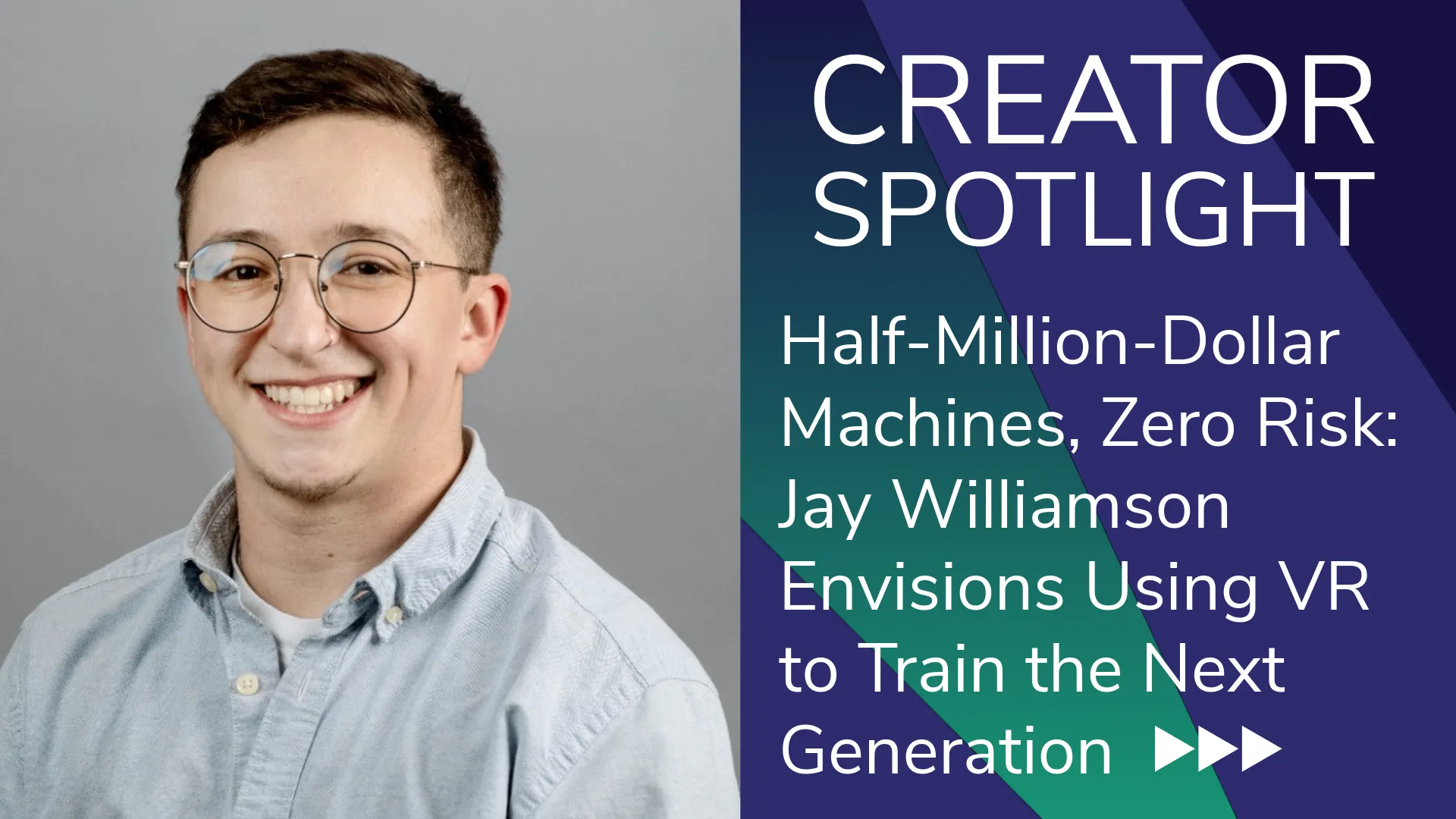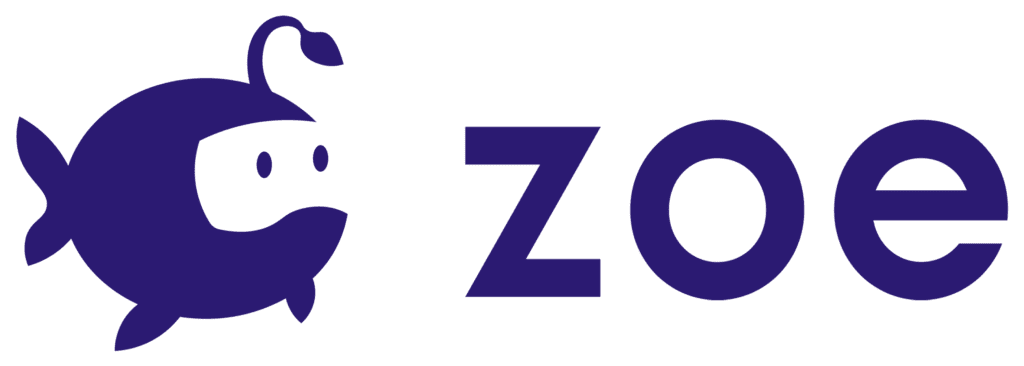
About Jay
Jay Williamson is a Creative Media Specialist at the Center for Teaching Innovation (CTI) at Cornell University, where he helps faculty explore new frontiers in immersive learning and digital storytelling. His role bridges creative media, instructional design, and technical infrastructure to expand the impact of VR and XR across disciplines.
Part of what I do is working on the VR initiative for implementing into teaching and learning. And I was brought into Cornell for a pretty unique partnership with the nanoscale facility and leveraging virtual reality for workforce development training.
Building a Central Hub for Innovation
At Cornell, the CTI serves as a campus-wide resource for faculty who want to integrate immersive learning into their courses. Led by Dr. Becky Lane, the team established a creative technology lab centered on three pillars:
- Virtual and extended reality
- AI
- Digital storytelling
“It’s a really unique place, to be able to support all of campus, and not just one specific school.”
The lab has supported everything from language learning and cultural immersion using virtual tours to large-scale engineering simulations. But reaching all corners of campus comes with challenges—particularly awareness, accessibility, and scalability.
Why Create Your Own Lessons?
While pre-made VR content exists, Jay notes it rarely meets the pedagogical and accessibility needs of higher education.
“Trying to find content that’s both well-made, pedagogically sound, and also engaging and just visually appealing—that’s a really narrow niche area.”
Developing content internally allows for:
- Alignment with faculty learning objectives
- Customization for specific tools, labs, or cultural contexts
- Greater accessibility and interoperability across devices
Still, Jay acknowledges the resource demands:
“It can be really time and resource-intensive to actually build from the ground up.”
That’s where platforms like Zoe come in: providing flexible templates and interaction tools that save time while still giving faculty ownership.
Inside the Prototype Experience
During the Zoe Creator Program, Jay developed a training simulation for a plasma sputter deposition tool used in semiconductor manufacturing. Thanks to access to a stripped-down manufacturer CAD model, his team recreated the tool in Unity with Zoe.
“When you first arrive in this template-sized lab environment…you walk up to the tool and you have a little tablet that gives you some of the instructions as reminder queues for the very procedural steps of running this tool.”
The simulation allows learners to interact with a virtual model of a half-million-dollar machine, practice procedural steps safely before entering a lab, and understand the science behind plasma generation and chip manufacturing.
It’s been pretty rewarding to see that come full circle—working with nanoscale engineers who have actually been the ones developing the hardware that goes into the headset, and then using the headset to teach more engineers.
Looking Ahead
Jay’s vision for the future blends VR, AR, and mixed reality for more intuitive, scalable training.
“The long-term vision has always been to get it into some kind of mixed reality setup…being able to place the tool on the table next to you or full scale, and actually being able to mimic pushing the buttons.”
Next steps include: exploring passthrough mixed reality with hand-tracking, reducing motion sickness by anchoring tools in real-world spaces, and applying lessons learned to new projects across Cornell, including mechanical engineering
Advice for Educators Considering VR
Jay emphasizes that successful immersive learning requires more than just hardware.
“You really need to have your I.T. people on board…And then having an instructional designer, to be able to actually ground it in pedagogical learning objectives.”
He also notes the importance of giving first-time users positive, comfortable experiences:
“Once they actually get a good experience, it can really blow your mind about what’s possible.”
From nanoscale engineering to cultural immersion, Jay Williamson and the CTI team are proving that immersive learning can scale across disciplines when supported by the right infrastructure and tools. Their work shows how VR can move beyond novelty into meaningful, accessible, and future-ready education.
Want to Create Your Own Immersive Learning Experiences?
Zoe makes it possible for educators and innovators to prototype VR lessons quickly without advanced programming skills.




